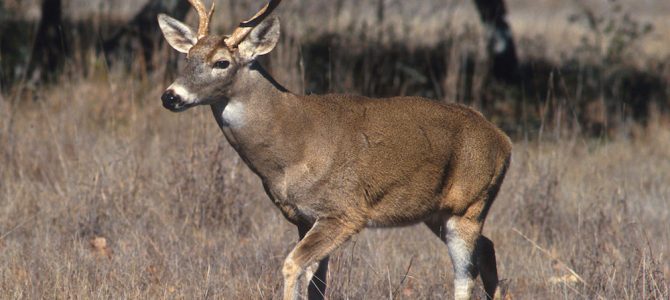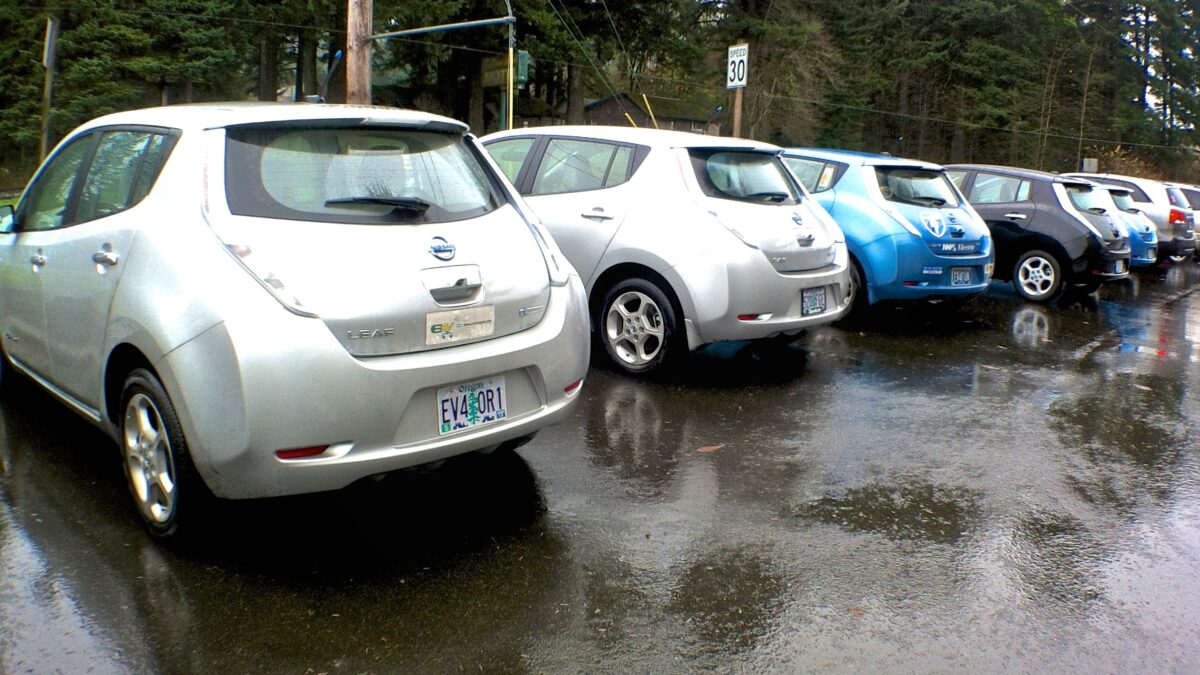
We need to talk about the deer uprising. Across the country, deer are starting to fight back, imposing themselves on us in our cities and suburbs, sometimes even in our homes.
Consider the events of the the past week. A Maryland teenager shot and killed an adult deer after it broke down the door of his house. In South Carolina, a deer smashed through the window of a Gold’s Gym and raced through the weight room as terrified humans scattered. In New York City, the beloved Harlem deer that somehow made its way into the heart of America’s largest city died after police tranquilized and captured it.
These aren’t just zany wild animal anecdotes. This is what happens when state and local governments don’t let people shoot deer. The fact is, deer populations across the country are about a hundred times what they were a century ago. The only thing that will stop the deer uprising is if Americans are allowed to kill more of them.
Deer dashes into South Carolina Gold’s Gym, leaps over some weights before completing its quick two-minute workout. https://t.co/S0lYeWaDYt pic.twitter.com/PFO8e2rOAj— ABC News (@ABC) December 19, 2016
A Brief History of Wild Animals
Of course, some will object that our deer population was nearly hunted to extinction a hundred years ago, which is true. But aggressive conservation efforts appear to have worked. Today, we have about 32 million deer, or about as many as we had in the middle of the eighteenth century.
It’s not just deer, either. Wild animal populations are exploding across America. Suburban and exurban sprawl offer wildlife an ideal situation: abundant food and shelter, and, thanks to prohibitions on hunting, no predators—or at least no human predators. Last week in Hillsborough, California, a mountain lion was caught on camera dragging a freshly killed deer off a suburban back porch.
In his 2012 book, “Nature Wars: The Incredible Story of How Wildlife Comebacks Turned Backyards into Battlegrounds,” Jim Sterba chronicled a dramatic swing in the fortunes of our continent’s wild animals overt the past century. By 1900, centuries of more or less unregulated hunting and trapping had reduced wild animals populations in America to mere remnants. The conservation movement, writes Sterba, began as a response to this dire situation, and was spearheaded by public figures like then-New York governor Teddy Roosevelt. Public lands were set aside for wildlife refuges and parks, limits were set on hunting, and efforts launched nationwide to restock wildlife. It took time, but the conservationists were successful.
Too successful, it turns out. Wildlife damage to crops and infrastructure now exceeds $28 billion a year, with $1.5 billion from deer crashes alone. Chicago now has thousands of coyotes. Texas has about 3 million feral hogs (and counting), which cause an estimated half-billion dollars in damages every year.
“We now routinely encounter wild birds and animals that our parents and grandparents rarely saw,” writes Sterba. “As their numbers have grown, wild creatures have spread far beyond their historic ranges into new habitats, including ours. It is very likely that in the eastern United States today more people live in closer proximity to more wildlife than anywhere on Earth at any time in history.”
The War On Hunting
Complicating all this are byzantine restrictions on hunting imposed by well-meaning state and local governments. For example, in Missouri you can’t hunt Turkey in the afternoon. In Pennsylvania, you can’t hunt deer on Sunday. Many states prohibit the shooting of a deer if it’s standing in water. In smaller states, restrictions on the discharge of firearms make hunting nearly impossible. For this reason, about 60 percent of Massachusetts is off-limits to hunting with guns.
Animal rights activists often argue that deer populations are best managed by allowing natural predators like wolves and coyotes to hunt deer—as if being torn apart by packs of wild coyotes is more humane than being shot by a high-powered rifle.
Some states make hunting difficult in other ways, like passing burdensome and complicated gun control measures. In California, a half-dozen new gun laws were passed this year, leaving many hunters confused about whether they would be breaking those laws come hunting season.
Let’s All Eat More Deer
Much of the problem stems from how divorced we are from our food sources. Deer are for eating, after all. But it often doesn’t even occur to modern urban-dwellers that this is possible, or that more dead deer could help feed the hungry.
The Harlem deer case is especially telling in this regard. When the deer—known as J.R., for Jackie Robinson Park, where he was often seen—was tranquilized last week outside a public housing complex, a public feud erupted between New York Mayor Bill de Blasio and Gov. Andrew Cuomo. The city wanted to kill the deer but the state wanted to relocate it to upstate New York. Before de Blasio and Cuomo could reach a decision, J.R. died from stress.
Instead of using the Harlem deer as a political foil, New York City officials should have killed the deer and donated the meat to the families living in that public housing complex. After all, deer aren’t “surrogate reindeer” meant to serve as symbols of holiday cheer. For a lot people, deer are a coveted source of food. People eat deer because deer tastes good, especially at Christmas.
In any case, we’d all better get used to hunting and eating more deer. If not, we’d better get used to them crashing through our windows and breaking down our doors. The deer uprising has begun.








